
From class to home and back again! The value and impact of a music class increases exponentially when the music, concepts, and activities enjoyed in class are also incorporated into everyday family life. It’s easier than you might think to make the connection between class and home even stronger.
The 8 Best Kindermusik Activities to Do at Home
#1 – Sing Hello and Goodbye (Good Night).
Sing the Hello song each morning when your child wakes up. Change the word “goodbye” to “good night” and the goodbye song becomes part of a sweet, soothing bedtime ritual.
#2 – Dance together.
After a diaper change, on a rainy day when you’re stuck inside, or while you’re waiting on supper to cook, turn on your Kindermusik songs and dance together. You can also do a slow, cuddly waltz together just before nap time or bedtime as a way to connect and relax before putting your child to sleep.
#3 – Try an indoor hammock.
Save out one big towel from the clean laundry you’re folding and before putting it away, rock your child in a towel hammock (two adults required) as you play some gentle music or sing a loving lullaby. For more about hammocking, click here.
#4 – Take your child on a hayride.
That same towel you hammocked with easily transforms into a swervy-curvy, silly-willy kind of indoor hayride. Simply have your child sit or lay on the towel, then pick up the end closest to his/her head. Then pull them down the hall and around the room. Add some music for a little extra fun and movement inspiration.
#5 – Sing in the car together.
If you want your child to love being in the car or running errands, turn car time into singing time. Your child can teach you songs he/she learned in music class, or you can both enjoy a sing-a-long with your music download or CD from class.
#6 – Do the “Johnny & Katie” fingerplay.
This one is fun! Starting with the pinky, say “Johnny, Johnny…” while tapping each finger. Say whoops as you slide down from the pointer to the thumb, tap the thumb (saying “Johnny”), then head back to the pinky saying “Johnny” every time you tap a finger. Next say “Katie” on each finger. The fingerplay can go on from there with Daddy, sister, brother, Grandma, Grandpa, aunt, cousin, and more!
#7 – Start a family band.
Pots, pans, bowls, wooden utensils, cups, and spoons can all be the instruments for an impromptu band. Accompany yourselves as you sing, or do a play-along with the recordings your favorite Kindermusik songs from class.
#8 – Read together.
The Kindermusik library stories your child hears in class during Story Time are available when you login to your @Home Materials. You’ll enjoy the common shared experience, having something new to read, and knowing that you’re doing a world of good for your child’s literacy,
#9 – Rock together.
Nothing says “I love you” quite like being cuddled and sung to, and those lullaby-laced memories will put an emotional bond around your child’s heart that they will remember forever. We highly recommend a lullaby and some rocking before bedtime every night! (And if it’s hard for your child to get going in the morning, singing and rocking together can ease that transition too.)
These are 8 simple ideas with big emotional impact – ideas that also connect class to home and make the learning that much more powerful too.
 Kindermusik teachers all around the world love helping families make the class-to-home connections every week. But did you know that Kindermusik also offers a curriculum for schools that intentionally includes parent materials to easily connect the classroom to the living room? Find out more.
Kindermusik teachers all around the world love helping families make the class-to-home connections every week. But did you know that Kindermusik also offers a curriculum for schools that intentionally includes parent materials to easily connect the classroom to the living room? Find out more.
– Shared by Theresa Case whose award-winning Kindermusik program is located at Piano Central Studios in Greenville, SC.

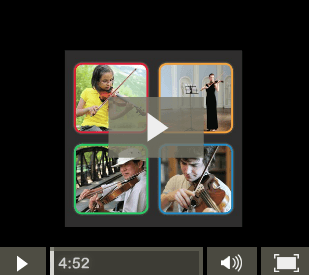

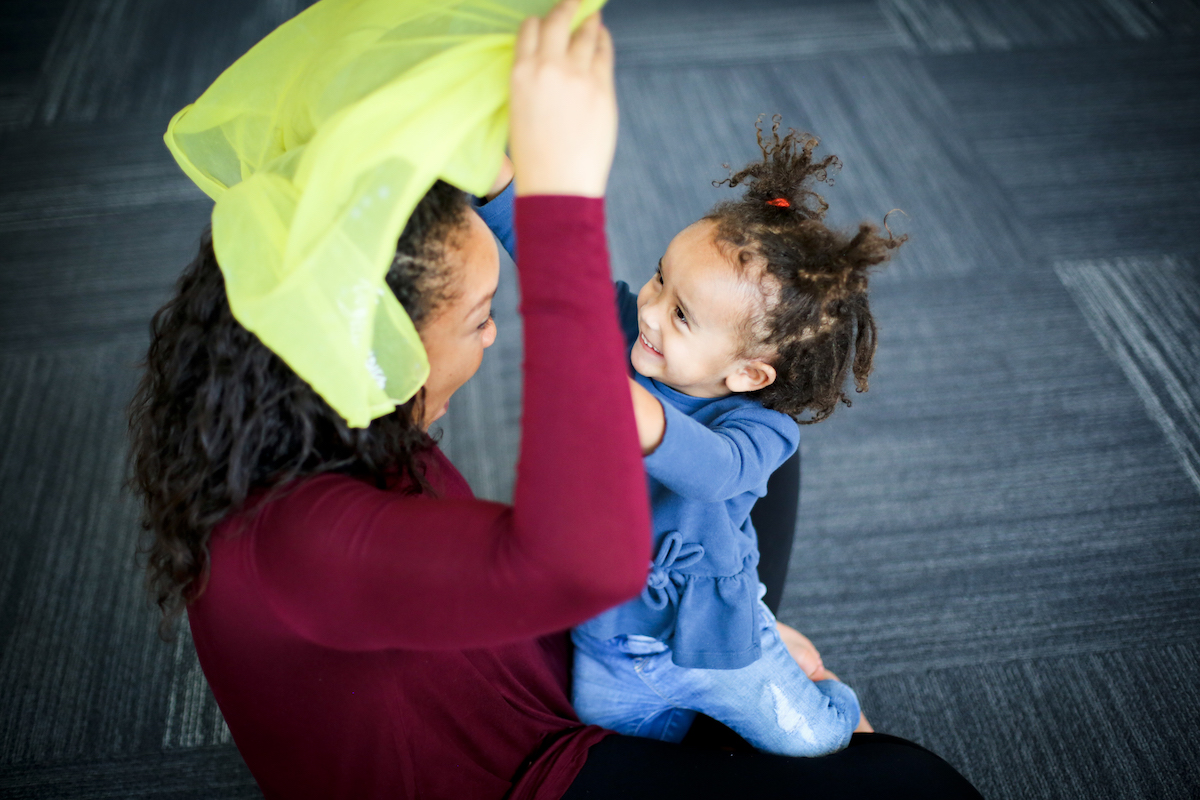
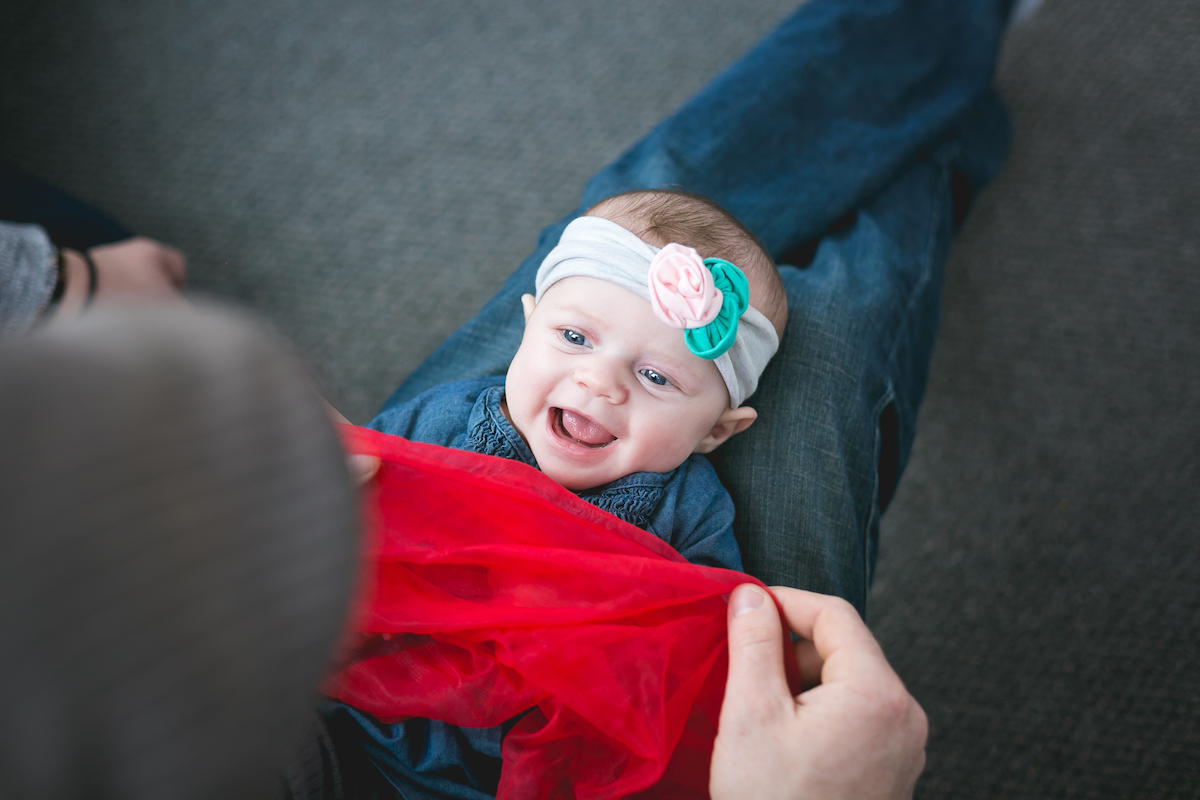

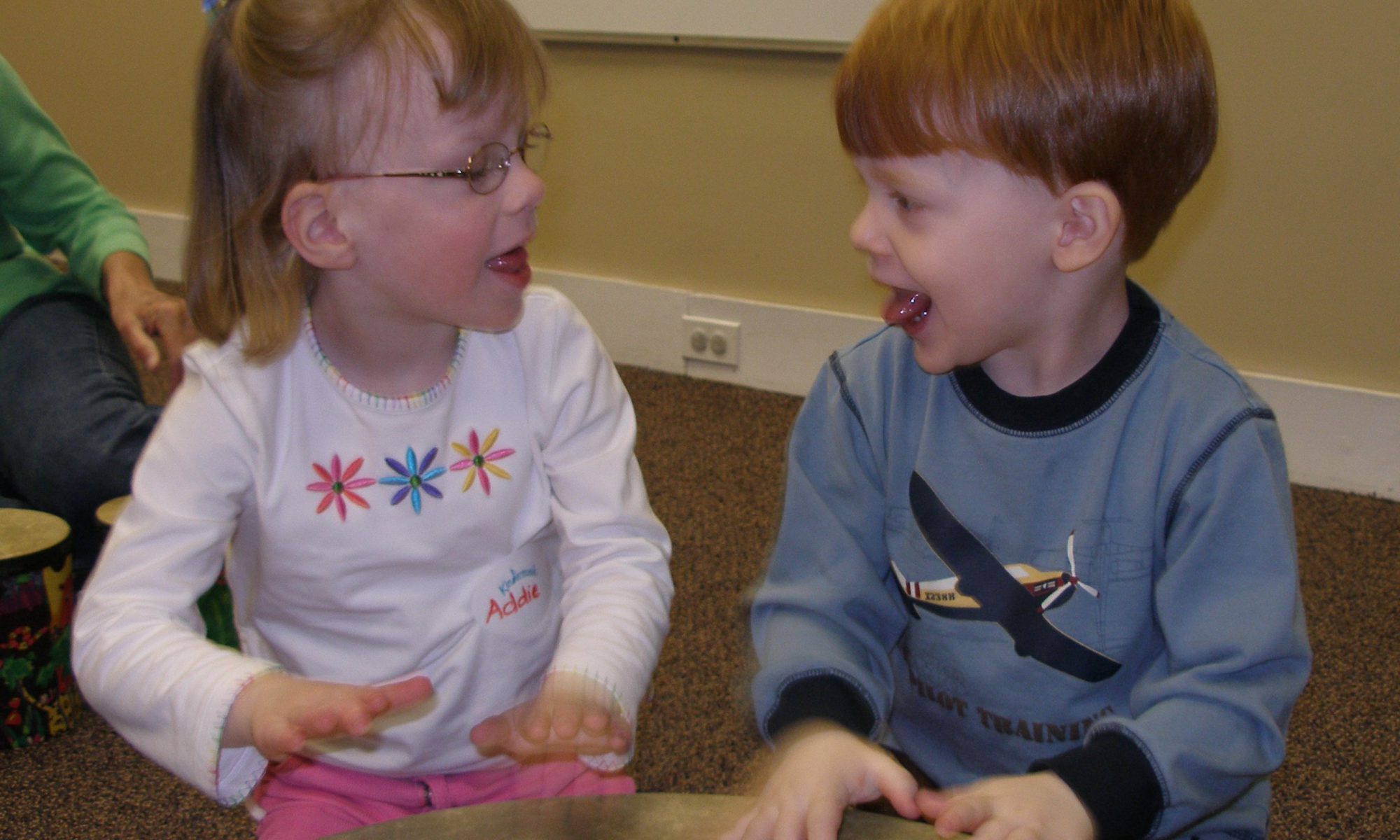

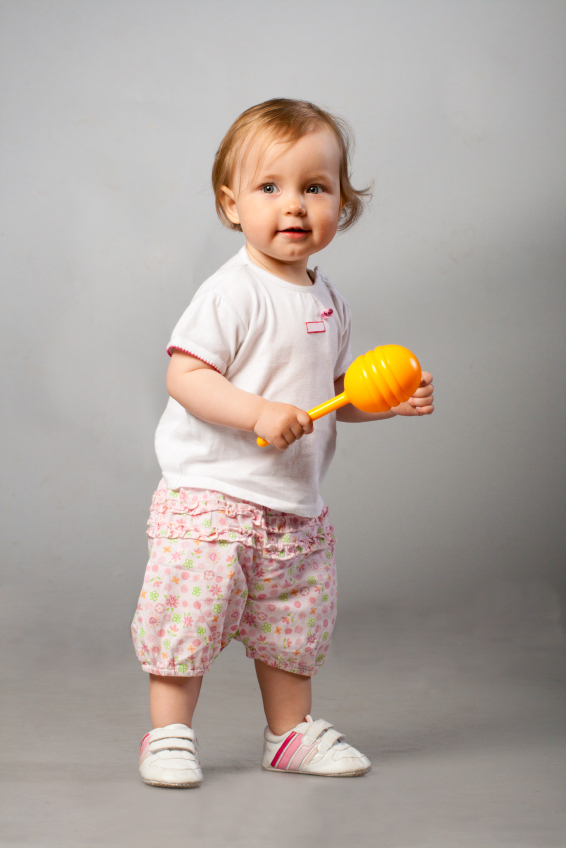

 Kindermusik teachers all around the world love helping families make the
Kindermusik teachers all around the world love helping families make the 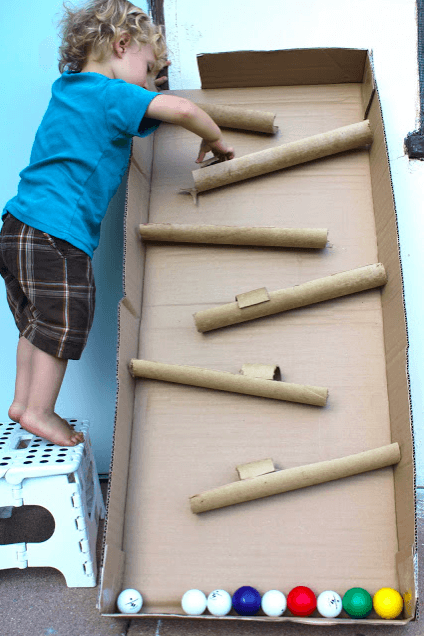







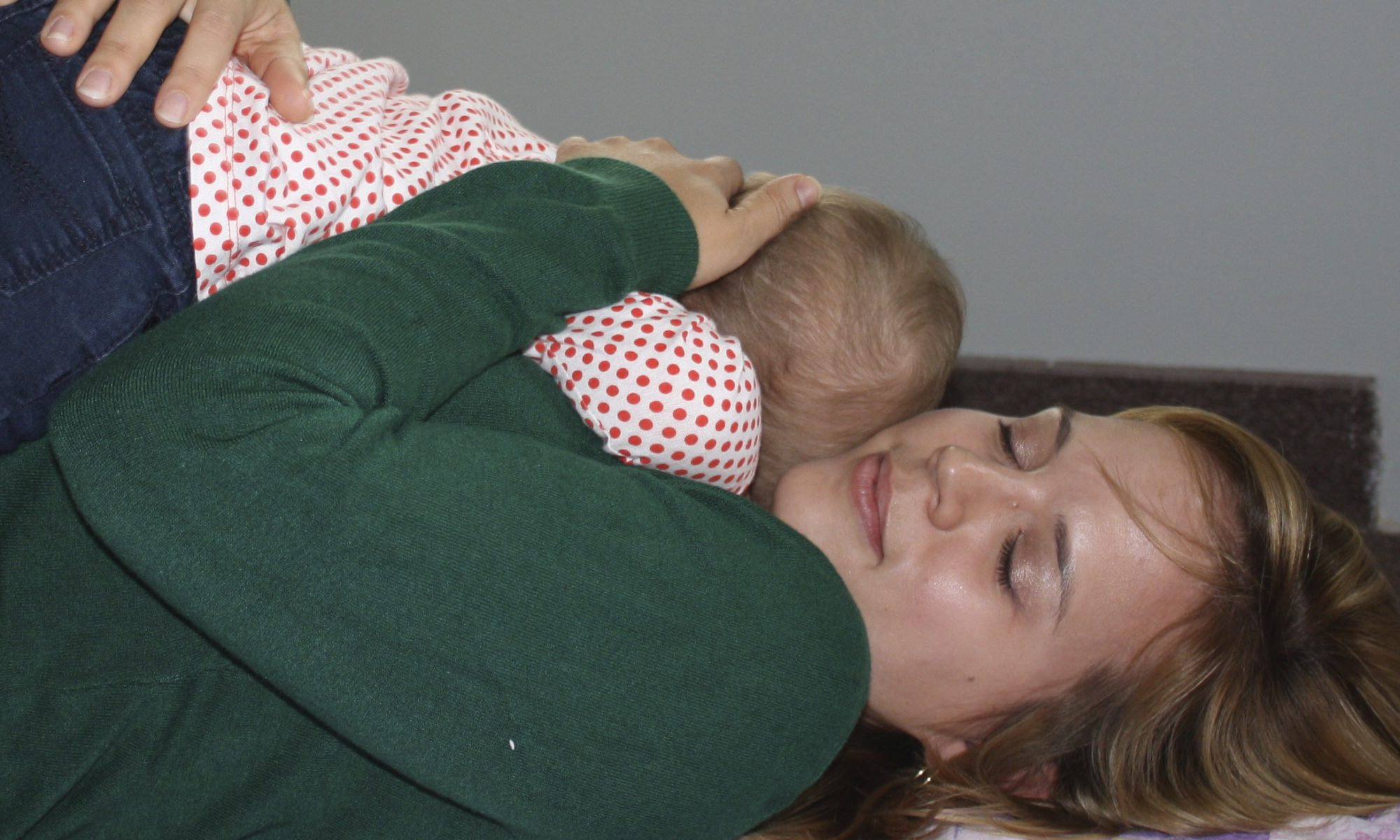
 You need a break. I don’t even know you, but if you are a parent like me, well, you need a break. Of course, no law states that parents are entitled to one 15-minute break for every four hours on duty much less an hour-long lunch break.
You need a break. I don’t even know you, but if you are a parent like me, well, you need a break. Of course, no law states that parents are entitled to one 15-minute break for every four hours on duty much less an hour-long lunch break.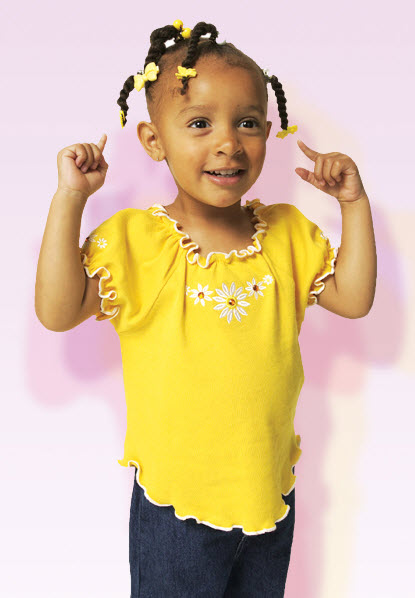
 Listening to and identifying sounds is the earliest phonological awareness skill and one of the most important pre-literacy competencies. Without this skill, there will be no progress toward phonics, spelling, or text comprehension.
Listening to and identifying sounds is the earliest phonological awareness skill and one of the most important pre-literacy competencies. Without this skill, there will be no progress toward phonics, spelling, or text comprehension.
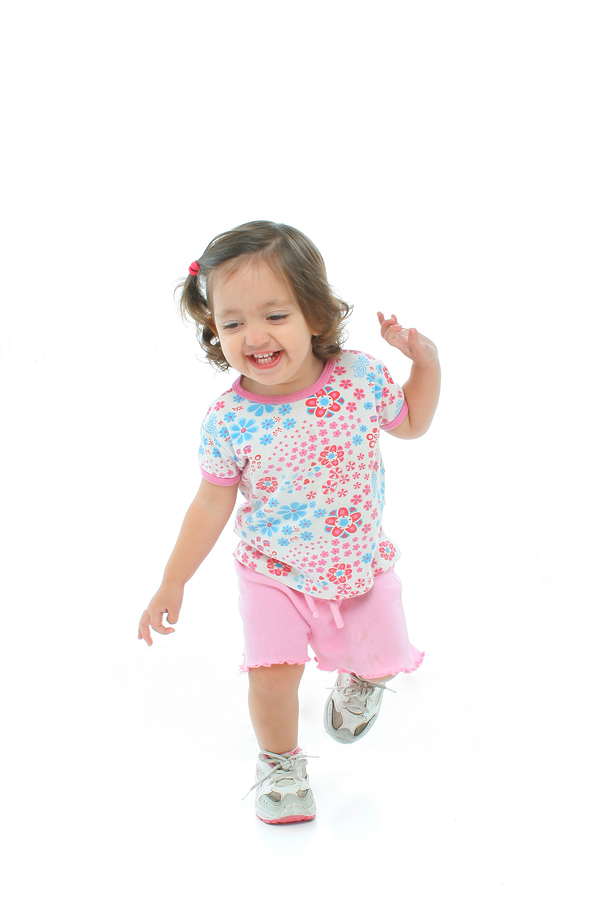
 Understanding and accepting similarities and differences among people is the foundation of Social Studies skills in the early childhood years. Teaching social studies through the arts, including music education, increases children’s understanding and engagement and also gives voice to cultures that may not be reflected in the current classroom or community.
Understanding and accepting similarities and differences among people is the foundation of Social Studies skills in the early childhood years. Teaching social studies through the arts, including music education, increases children’s understanding and engagement and also gives voice to cultures that may not be reflected in the current classroom or community.
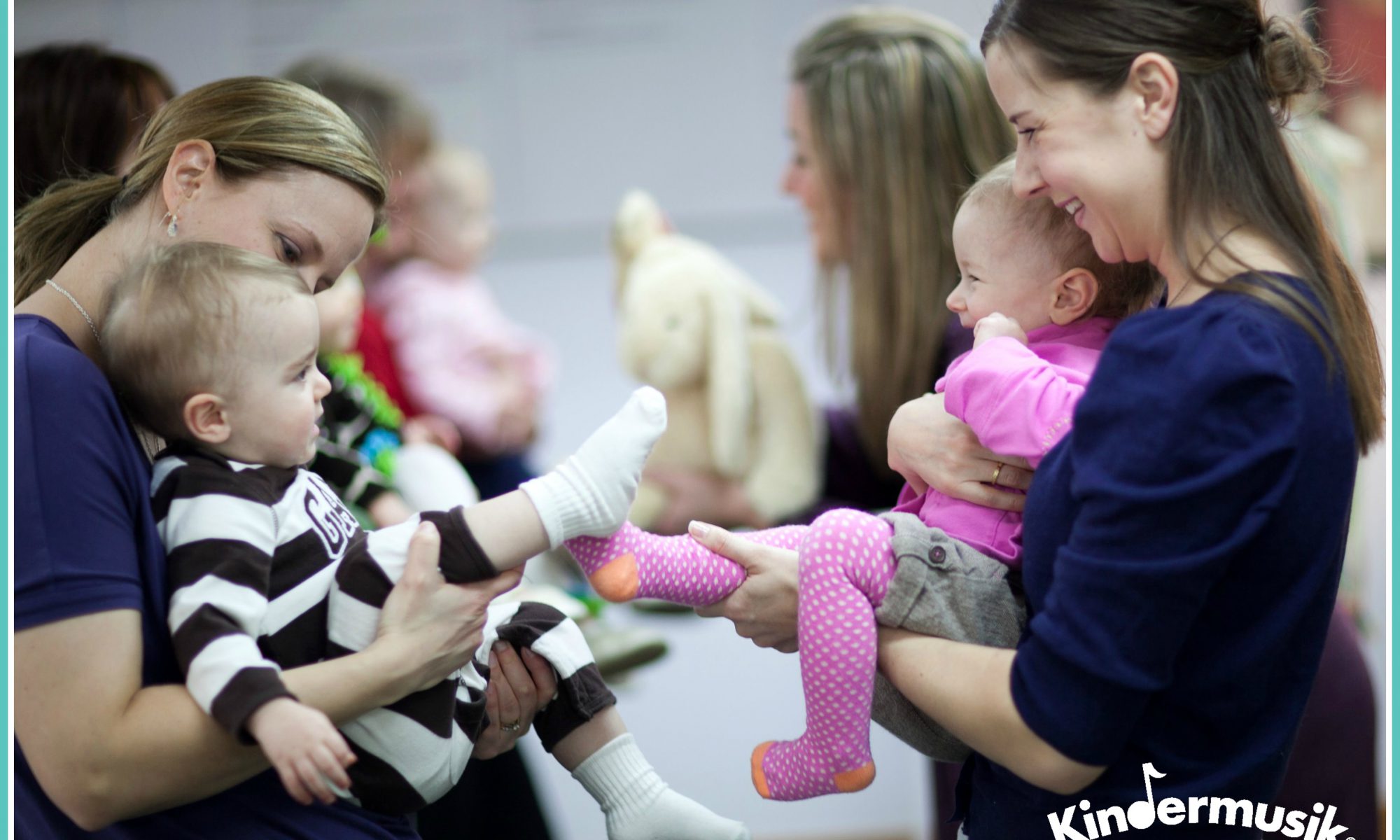

 Find a local Kindermusik class
Find a local Kindermusik class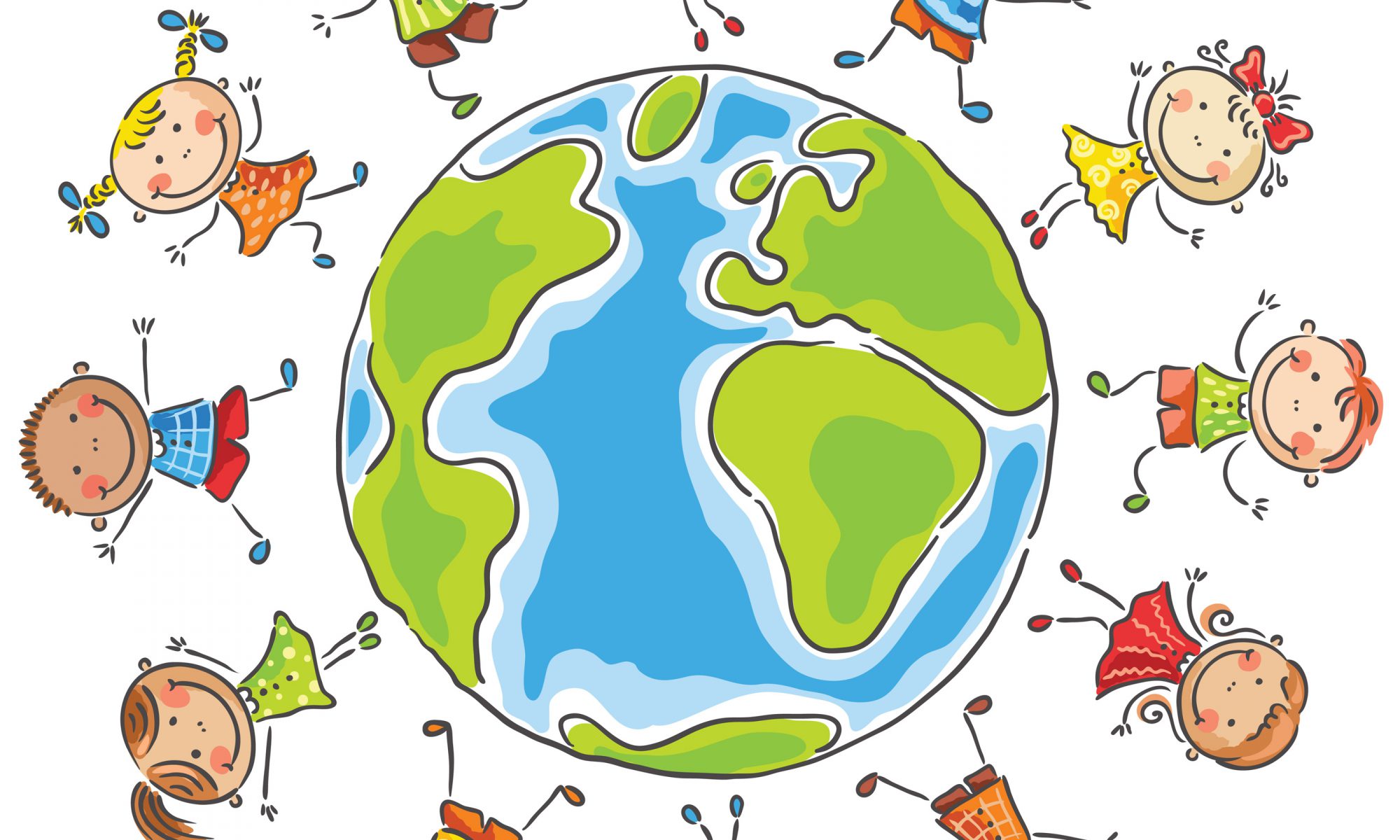
 Today officially marks Earth Day! However, for young children, every day is Earth Day. After all, they discover something new and wonderful about the outside world each time they encounter it. It’s one of the reasons a walk with a toddler takes 30 minutes just to make it from the front door to the sidewalk. Flowers, leaves, rocks, grass, worms, butterflies, birds, clouds….there are so many beautiful parts of the environment that cause children to pause and investigate further!
Today officially marks Earth Day! However, for young children, every day is Earth Day. After all, they discover something new and wonderful about the outside world each time they encounter it. It’s one of the reasons a walk with a toddler takes 30 minutes just to make it from the front door to the sidewalk. Flowers, leaves, rocks, grass, worms, butterflies, birds, clouds….there are so many beautiful parts of the environment that cause children to pause and investigate further!